
A veritable treasure chest of history and tradition that mixes respect for the past with the desire to have fun and the multiculturalism of the new generations – this, and much more, is Monti. This district in Rome, according to Time Out magazine, is the best neighbourhood to live in and visit in all of Italy.
The only Italian neighbourhood in the magazine’s ranking of the top 50 most fashionable areas in the world, Monti comes in a respectable twenty-third place. The British website gave the number one spot to Lavapiés in Madrid, followed by Euljiro (Seoul) and Nueva Villa de Aburrá (Medellín).
Monti in history and on the silver screen
Between Via dei Fori Imperiali street and Termini Station, is Monti, the Rione I or first region, of Rome. This area of the Eternal City offers some of the most enchanting views of the Colosseum (from below, from Via dei Serpenti and from the top of Colle Oppio). As you walk through the narrow streets on the opposite side of Via Cavour, exit in front of the Mercati di Traiano market, between the Caesar Forum and the Altare della Patria in Piazza Venezia.
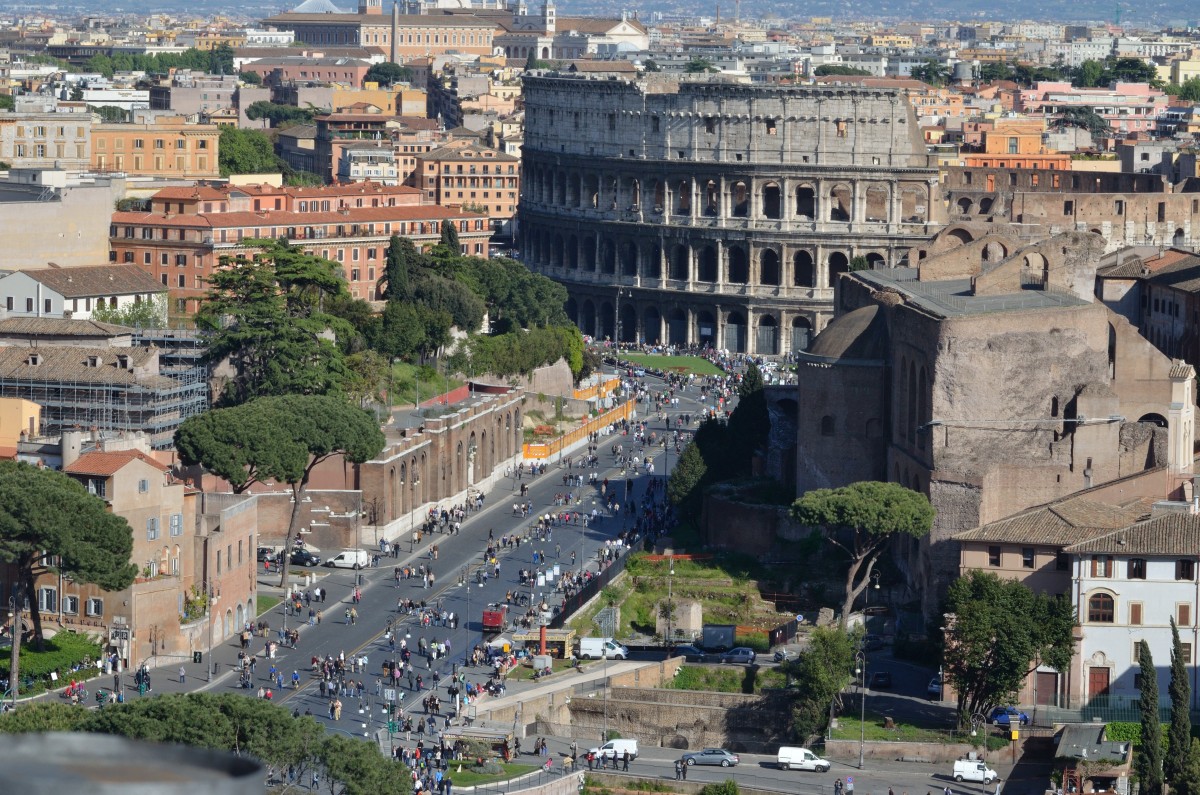
The nearby Salita del Grillo inspired one of director Mario Monicelli's classic movies, The Marquis of Grillo, starring Alberto Sordi. The Tuscan director has fallen so in love with Monti that he dedicated one of his last ever works to the neighbourhood: “Vicino al Colosseo c’è Monti” (Close to the Coliseum is Monti), a short film that serves as an homage to this special district.
Another film reference to Monti is "Suburra", the famous movie by Stefano Sollima inspired by the acts of the Mafia Capitale, which has also become a series, the first Italian Netflix production.
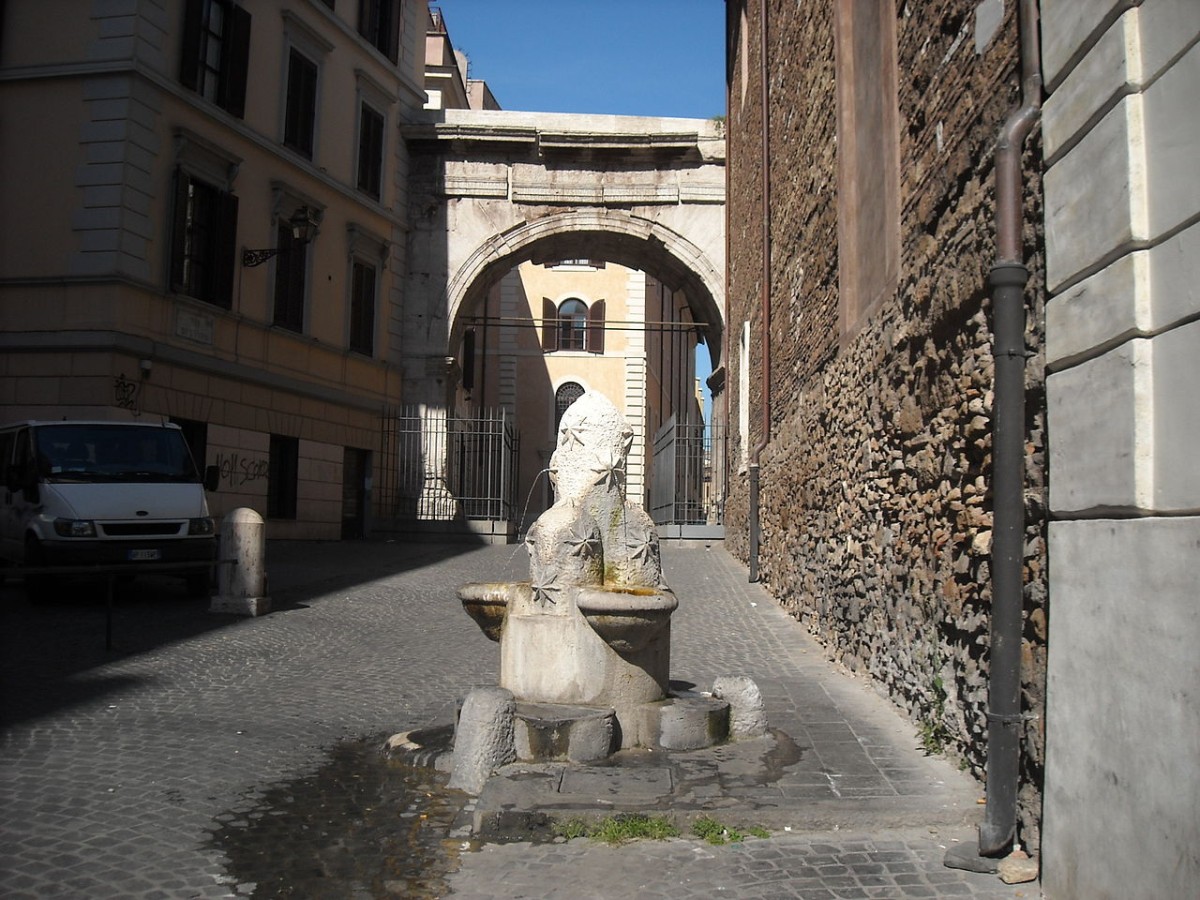
The Piazza della Suburra square is located near the metro station B Cavour, but in Ancient Rome it was an area known to be inhabited by the urban subclass, so much so that even today the word is shorthand for a lowdown, dirty area of trickery and evil.
But this district contains all the characteristics of the city, a microcosm of Rome itself, from which you can appreciate the rest of the city from a strategic and privileged point of view, including the view over the Basilica di Santa Maria Maggiore. Among the most charming places is also the Scalinata dei Borgia, which leads to the Piazza San Pietro in Vincoli, a great square to visit for the open-air cinemas in summer.
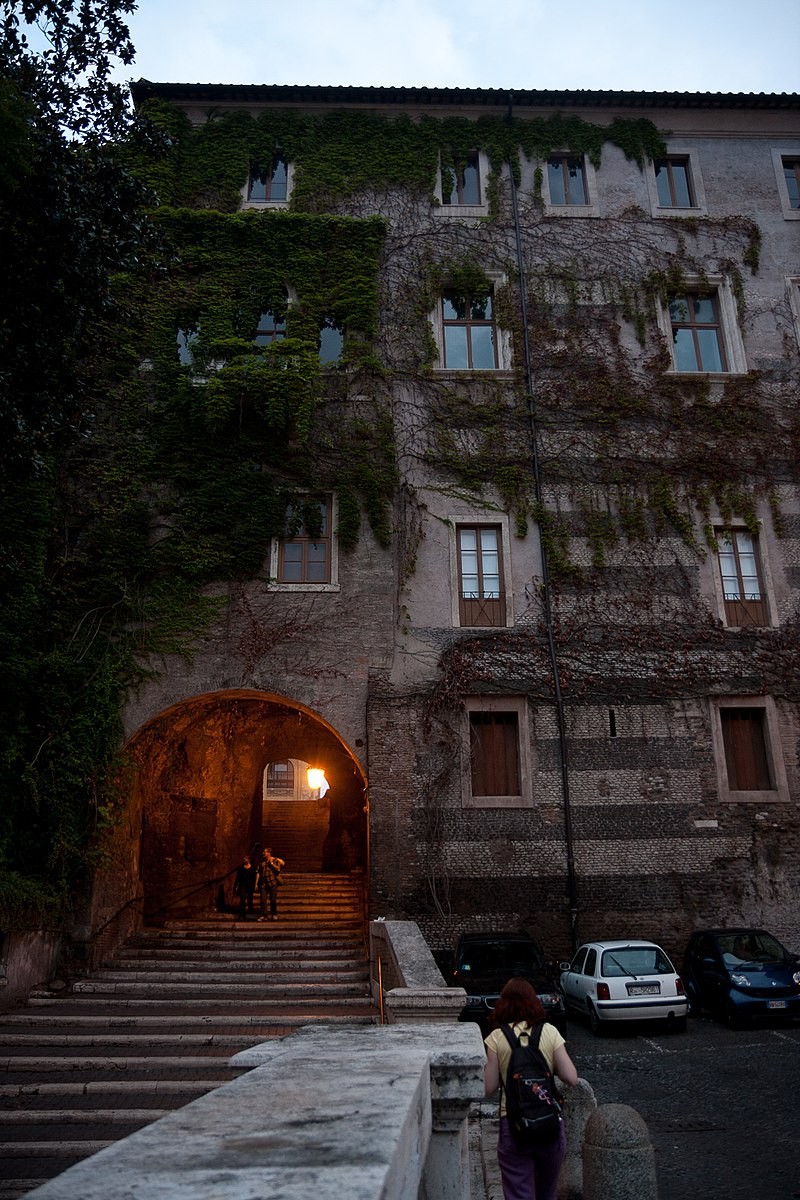
The new soul of Monti
Monti is the perfect link between a long-lost Ancient Rome and the modern city committed to globalisation and cultural pluralism. One of the most classic examples is the "L'ottobrata monticiana" October festival in Monti, which returns in 2018 after a 5-year hiatus. During this event, the streets of the neighbourhood are invaded with popular events and traditions, like tributes to Roman artists with photographic exhibitions of Monica Vitti and Anna Magnani, and songs in honour of Lando Fiorini and Gabriella Ferri.
For the rest of the year, however, Monti is probably Rome's most international district. The meeting point (and starting point) for everyone, Roman or not, is the ‘piazzetta’, the Piazza della Madonna dei Monti. This is where the nightlife always begins, but it is also full on Saturdays and Sundays during the day, when families with strollers mingle with groups of young people who gather for an aperitif.
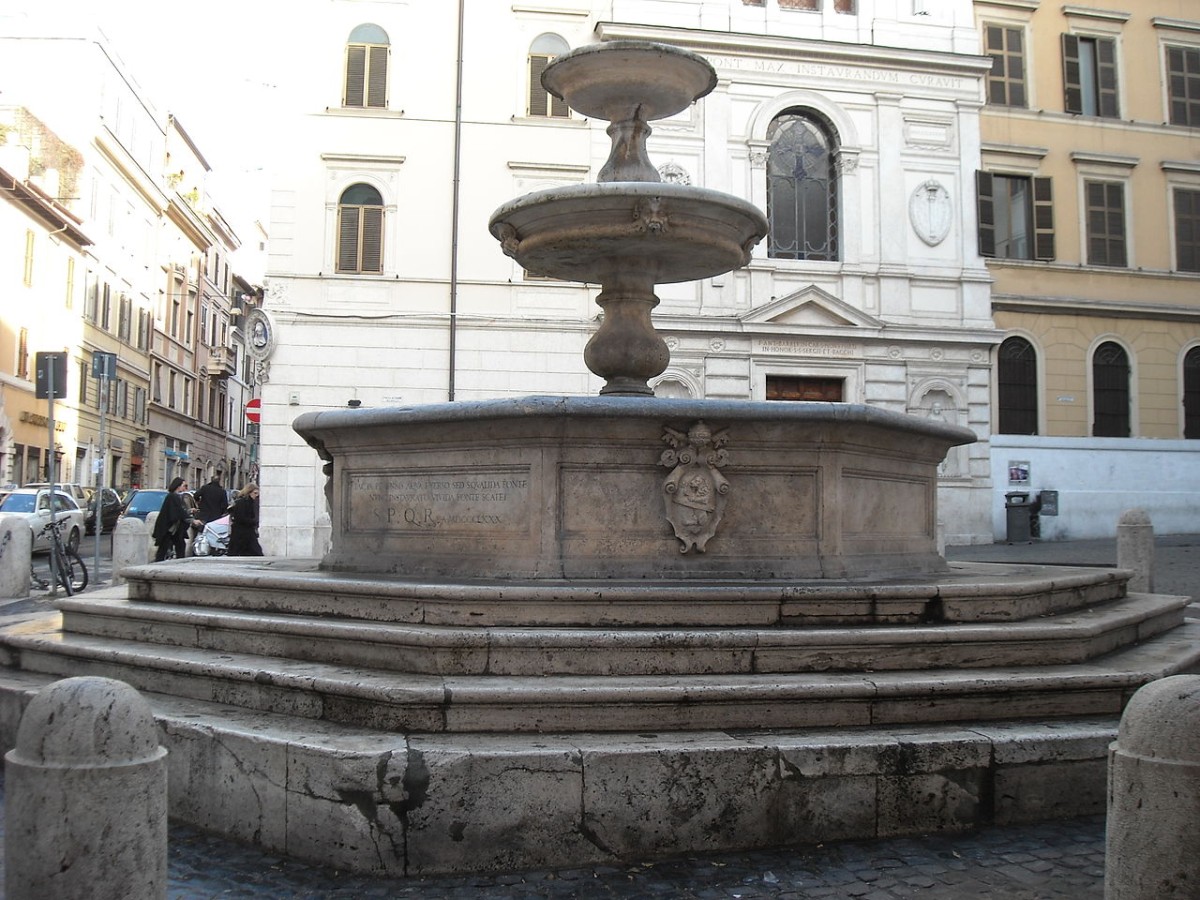
In Via Leonina is one of the most famous and crowded Irish pubs in the capital, where groups of tourists and ex-pats gather to watch sporting events and the Eurovision contest.
Via Panisperna, meanwhile, is the most popular street for lovers of the most elaborate cocktails, with many cocktail bars being located inside art galleries and jazz halls. But along these sampietrini streets you can also find some of the most famous Italian trattoria restaurants in the city. For lovers of exotic cuisine, there is also the Via dei Serpenti which offers Japanese, Indian and fusion food.
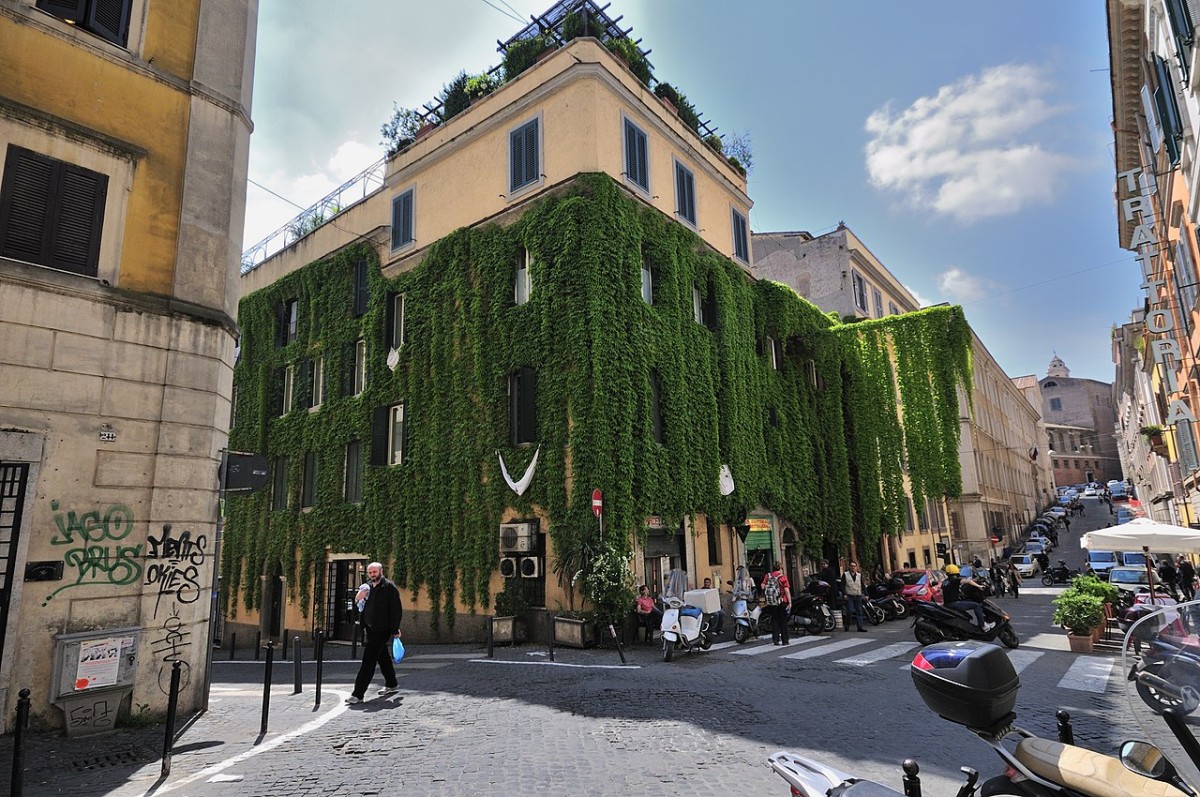
Via dei Serpenti is also one of the most fashionable streets in the capital, being a real pull for lovers of vintage and alternative styles. Next to the retro clothes shops are one of the most famous shoe stores in Europe and a used clothing store, packed full of bargain hunters from morning to night.
In every nook and cranny of this neighbourhood is a hidden jewel. The famous murals and street art mean you can walk through the alleys and see walls covered with vegetation during long periods of the year. Street art lovers will find an open-air museum in Monti, a paradise of graffiti and free-expression.
Among these is one particularly special one, now famous all over the world, to the point that it forms part of sightseeing tours. This is the mural depicting the former captain of the Roma football team Francesco Totti, on the Via del Pozzuolo. It’s been the site of disagreement between Lazio and the Roma fans, to the point that it has been cancelled and redesigned several times.

How much does it cost to live in Monti?
In general, according to data from idealista, the price of buying previously-owned houses in Italy as a whole fell by 1.4% in the third quarter of 2018 (-2.5% in the year-on-year calculation). Rome is almost exactly on par with this, with prices falling by -1.3% to an average of 3,111 euro per square metre, which is 289 euro per square foot. After this recent downward trend, the accumulated downturn of prices in the capital at the moment is 31.9%, when compared with the highs recorded in the third quarter of 2011.
These figures change if we just focus on Central Rome, which includes Monti, where the asking price per square metre is 12 thousand euro (1,115 euro per square foot), according to data from the Market Report prepared by Engel & Volkers, with the collaboration of the firm Nomisma economic studies. There are currently more than 150 houses for sale in Monti on idealista.
This situation doesn’t change much in terms of rent; even in this case, the Centre is still the most expensive area (21.80 euro/m2 or 2.02 euro/sq ft), followed by Prati (16.40 euro/m2 or 1.52 euro/sq ft) and Parioli (16.10 euro/m2 or 1.50 euro/sq ft). Right now, on idealista, there are around 100 listings of houses for rent in Monti. The price ranges from the cheapest, at 600 euro per month to rent an apartment of 30 square metres (323 sq ft) to the most expensive, at 7,000 euros for a villa of 400 square metres (4,300 sq ft).